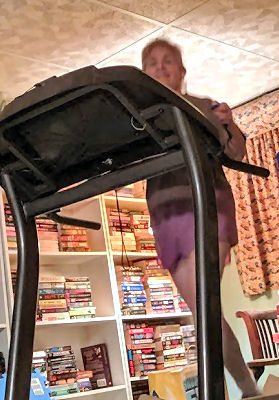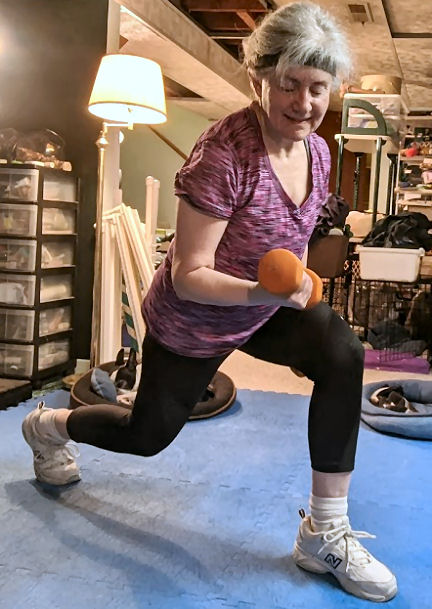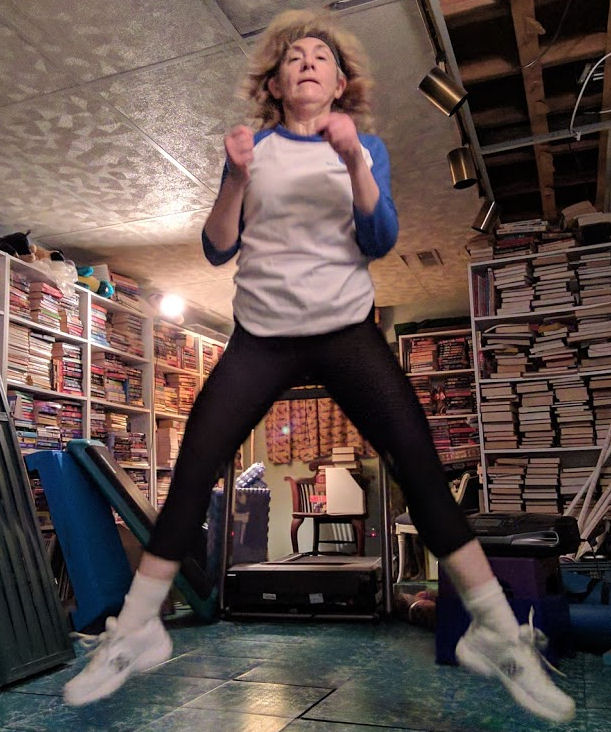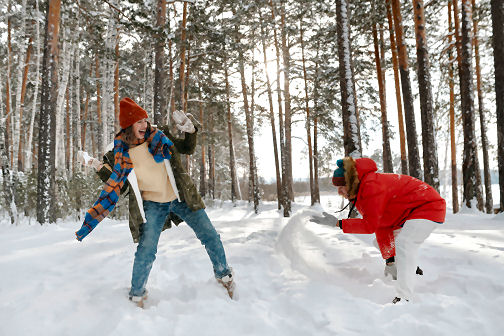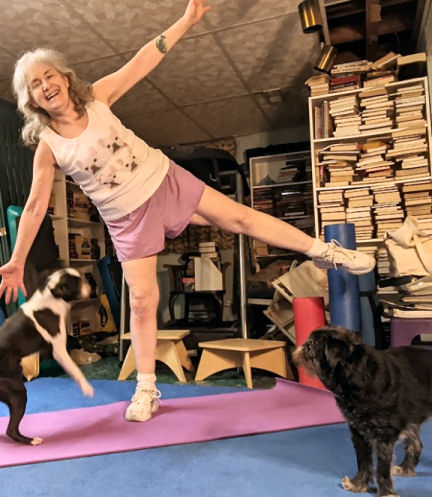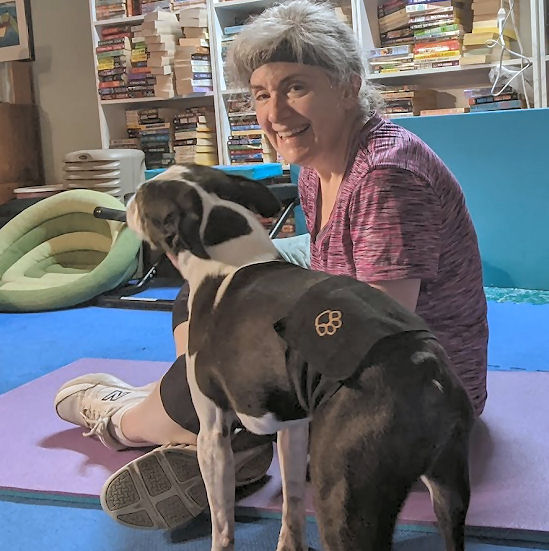Last week I was completely winded after a practice agility run with my dog. I was huffing and puffing and thought to myself, “If I want to do more of this (which I do), then I’ve got to figure out a way to build my endurance and stamina.”
Do you huff and puff on the stairs?
Now, you may not want to run agility with your dog. But you may want to get fit for any number of other reasons. Do you have to pause on the stairs? Or do you look for a parking spot closer to a store’s entrance? You may wish you were in better shape, but thought it was impossible to succeed because your metabolism just isn’t what it used to be. So to start a fitness program would be futile.
The truth about your metabolism, even after “a certain age”
According to Dr. Nick Pryomski of the Advocate Aurora group, that’s nonsense. Your metabolism is the same as it always was. But you may find it more difficult to find the motivation to get out of your chair and do something about it. Dr. Pryomski says, “Metabolism doesn’t necessarily slow as you age. It only does if you are less active.” Likewise, “slender people don’t necessarily have a higher metabolism than larger people.” That’s good news for most of us.
So, it is scientifically possible to get fit at any age. But you may be completely overwhelmed by the prospect of losing weight or starting an exercise program.
Make your reason a no-brainer
The secret? Be really honest with yourself. Know why you want to get in shape. If your reason is just to look good or age gracefully, that’s probably not good enough. But, if you want to be able to play with the grandkids as much as they want to? If you want to go for walks in the park (when the weather improves), or travel and be able to see the sights you’ve always wanted to see, then you’ve got a pretty good reason to start a new healthy aging program.
I certainly would not be pushing myself on the treadmill, up to 6 miles per hour so far, so that I have a prayer of directing my off-leash dog on an agility course, if I didn’t want to succeed in the sport.
Start small
The way to start your new program is small. Make small changes to your routine. Like walking for 2 minutes after breakfast. Get used to those little changes first before you make bigger changes. Then you can start to determine the bigger changes you need to make.
If you want to start a new eating plan with the goal of losing weight, same thing: start making small changes. Perhaps cut down on your starch and dessert portions. Don’t eliminate them – you know that I’m a believer in not depriving yourself! – just make those portions smaller for now.
Small goals lead to big results
No matter if you’re starting an exercise or an eating program, set goals for yourself. (See “Set goals – big and little.”) First set short-term goals – something for the next two weeks or a month, perhaps. Those goals should be doable but challenging. For example, if you start with walking 2 minutes a day, work up to a half hour in the next 2 weeks. Or lose 4 pounds in the next 4. And when you reach those goals, be sure to reward yourself with something that’s meaningful to you. Download that book you’ve wanted to read.
If you need an accountability partner to keep you “honest,” enlist a friend. I started out by scheduling my workouts on my calendar – my “date” with myself. You may find a step tracker a useful tool for motivation.
The key is to never give up. If your reason to get healthy is important enough, you’ll find the motivation and the tools to help you.

